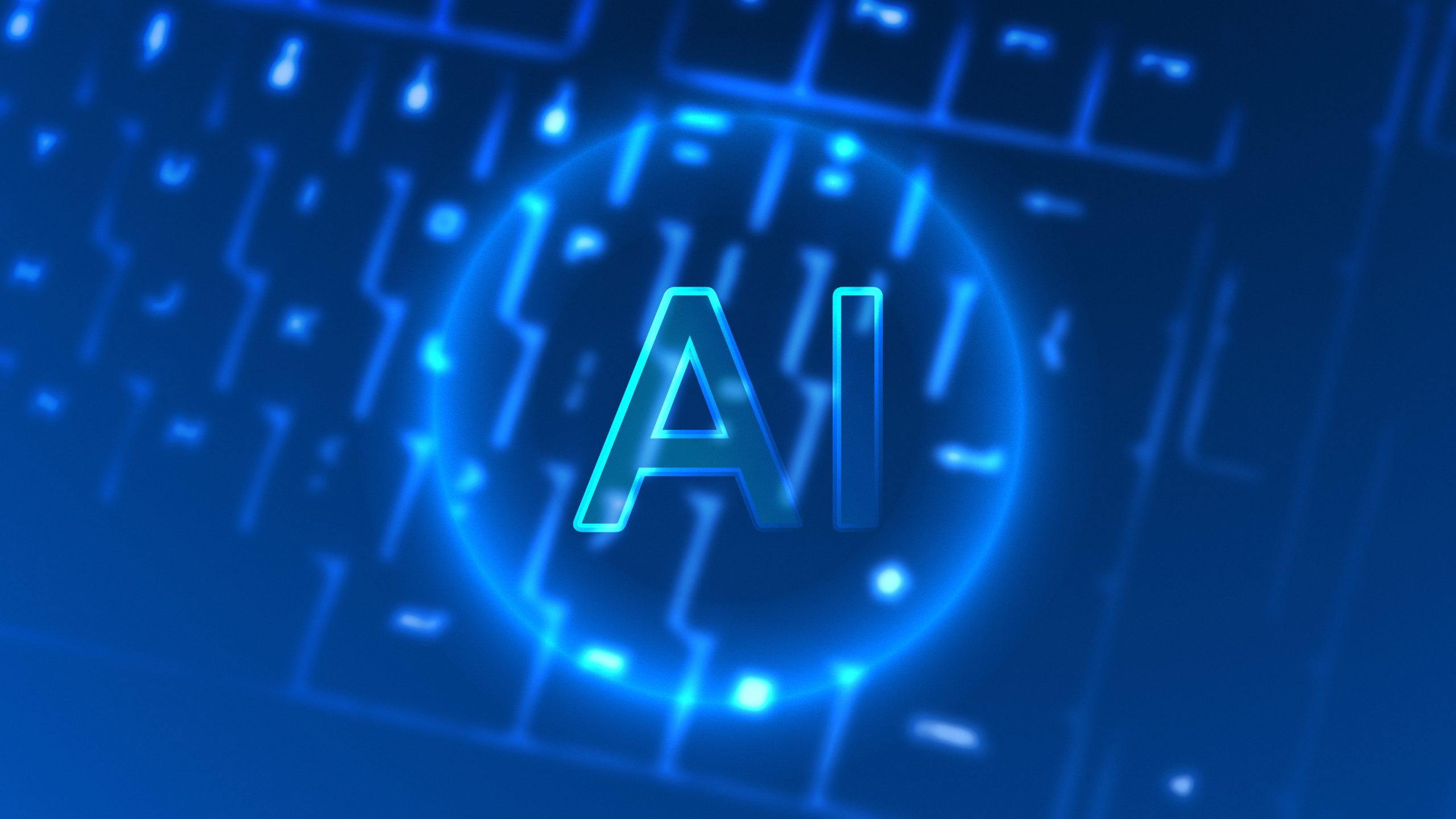
Human Resource Artificial Intelligence Tools
Human resources (HR) is an area of the workplace that has really had to grow and evolve, especially over the last few years. One way that many companies have chosen to enhance HR is through the use of artificial intelligence (AI). As more companies look to increase their AI technology, it is important to consider how these tools and trends can change the work environment.
How are artificial intelligence tools used in employee management?

AI tools are increasingly being used by HR to help with employee management tasks and processes such as recruitment and hiring, onboarding, payroll and benefits, as well as employee records and performance management. Generative AI is a type of AI that can create content such as writing, photos, art, audio, and other types of media. According to Forbes, generative AI is progressively being seen as an important part of workplace management and will completely alter the nature of work. Tools like ChatGPT, Google’s Bard, or Microsoft Bing can be used to write more compelling job descriptions or to analyze and improve employee performance and productivity. They can also be used to write policies and procedures that are more straightforward, thus making them easier for employees to understand and adhere to. Generative AI can also be used to create training modules and other personalized learning programs that are more engaging for employees, allowing them to better retain the information they have learned. An important part of retaining employees and increasing productivity is employee engagement, and Zavvy lists applications of AI tools for employee engagement, such as personalized learning and development, collaboration tools, recognition and rewards systems, and applied game design (gamification) to increase engagement.
Despite all of the positive things that these tools can do, there are limitations and disadvantages of AI in HR. Because HR deals with a lot of sensitive data, cybersecurity risks increase, especially if personal or company information is being entered into less secure sites. Also, sometimes computers encounter technical or machine-generated errors. Since programming is done by humans, the algorithms used can inadvertently eliminate qualified candidates who are missing key words or perpetuate bias and discrimination. Also, some decisions and tasks are just too complex and simply need a human to consider the nuances of the work environment.
Because of the increasing demand for AI knowledge in business, many colleges and universities are now offering courses on AI for business leaders as well as AI management courses. Ranging from a few weeks to a few months, these courses teach the foundations of AI and machine learning (ML) and give business leaders a better understanding of how to use them to their company’s benefit. A platform called Udacity has a comprehensive course on AI that is designed specifically for business leaders. Getsmarter is another platform that offers many different course options that cover a variety of AI and ML topics at various price points.

What are the trends for HCM in 2023?

BambooHR defines human capital management (HCM) as the set of practices an organization uses for recruiting, managing, developing, and optimizing employees to increase their value to the company. As labor shortages and economic uncertainty continue in 2023, companies have to be increasingly aware of how the decisions they’re making will impact their employees as well as their bottom line. Nucleus Research focuses on return on investment (ROI) technology research, and they identified some trends that will impact HCM technology the most.
The way that potential employees are identified and screened has evolved over the past several years. Although resumes are still relied upon to find good candidates, cover letters have basically become a thing of the past. Nucleus predicts that the use of skill-based and behavioral assessments will become more prevalent tools used in identifying the best person for a job. These kinds of assessments give a more complete understanding of a person’s skill set and behaviors and can even eliminate the need for reference checks, an often time-consuming task.
Another trend that Nucleus identified for 2023 was finding new ways to reward employees and address staffing shortages, especially in hourly wage jobs. On-demand pay is one perk that seems to be a huge draw for many employees and doesn’t cost employers much extra. On-demand pay allows employees to request part of their earned wages before their next paycheck. Paylocity notes that, since two-thirds of Americans are living paycheck to paycheck, on-demand pay can be a very attractive incentive. It can help to relieve some of the financial stress by allowing employees to have access to the money they need when they need it. Nucleus discovered that it can also reduce the amount of absences by 50-70%, which has the benefit of increasing company productivity and sales as well as customer satisfaction.
Nucleus also noted that gig work is on the rise, due in part to the continuing labor shortages in hourly income industries. Companies are increasingly turning to independent contractors or freelancers to complete jobs and projects that previously would have been fulfilled by employees. Shift marketplaces are being established in larger industries, such as restaurants and retail, where companies have multiple locations. Employees can swap shifts with someone they work with or employees across different locations. Supervisors also have the ability to post shifts that need to be filled and choose from applicants. Gig work isn’t only for hourly industries, though. In companies with salaried positions, management can use these same types of features to promote tasks or projects to various employees who are interested in expanding their knowledge or who wish to utilize their specific skill set. All of these options allow for greater flexibility, better productivity, and increased employee satisfaction.
During the height of the COVID-19 pandemic, many companies implemented technology and practices that now need to be reevaluated to ensure that they still best serve the company and its employees. Forbes noted that those companies that were able to center their talent to address the most pressing needs were the ones that came out ahead. Companies must increasingly focus on organization and HR digitization to ensure that they are utilizing their resources effectively and not wasting time or money on applications that are no longer serving them. As the breadth and scope of technology continues to grow, companies need to monitor and analyze what they use to make sure they are getting the best value for their money as well as employing their current technology in a way that improves overall efficacy.

Which artificial intelligence tools are used for human resources?
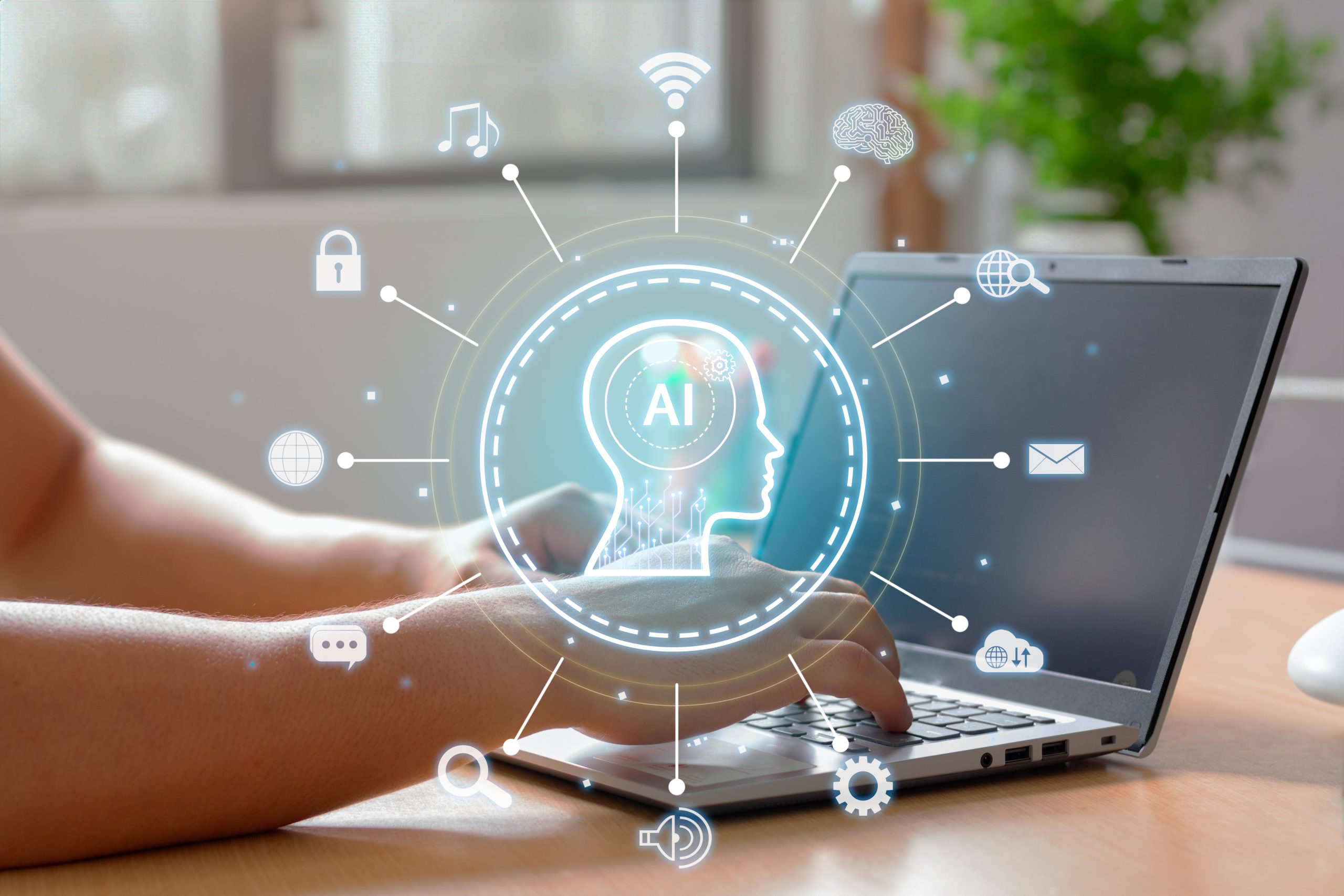
There are a variety of AI tools that human resources can use to aid them in their everyday tasks. An article on Analytics Steps focuses on the six types of AI tools for HR: robotics process automation (RPA), cloud-based services, embedded AI, data workbench, microservices, and AI First suite. GreytHR outlines different applications and examples of these types of AI tools that will improve a company’s HR operations.
An RPA system can be used to automate menial or repetitive tasks and is especially helpful during the recruiting and onboarding process. These kinds of AI tools can automate common HR responsibilities, including payroll, managing employee benefits, and compliance monitoring. Using AI in recruiting is a growing practice that allows recruiters to more quickly scan through resumes and applications to find the best candidates for the job. AI technology can also handle scheduling, analyzing, or even conducting interviews as well as answering questions and keeping applicants informed of the recruiting process. Once a job is filled, AI tools such as chatbots and virtual assistants can be used to take the new employee through the onboarding process and paperwork.
Cloud-based systems, or cloud computing, offers companies more flexibility and access to a greater variety of services through the internet. Embedded AI allows for the same kinds of services but is instead embedded directly into a company’s equipment and networks. A data workbench compiles data in one place so that it can be compared and analyzed to identify trends and provide insight. Predictive analytics are offered through cloud computing and are used to predict future patterns and behaviors. This type of AI can also analyze employee engagement and performance to identify areas where more recognition or praise is deserved as well as areas where improvement or training might be needed. An important part of retaining employees and increasing productivity is employee engagement, and Zavvy lists applications of AI tools for employee engagement, such as personalized learning and development, collaboration tools, recognition and rewards systems, and applied game design (gamification) to increase engagement. HCM software, also called human resource information system (HRIS) or human resource management system (HMRS), can be cloud-based or embedded and offers a wide range of capabilities to streamline HR tasks.
Microservices are used by companies who want to incorporate technology into their daily operations on a smaller scale. These types of AI tools target specific HR needs that a company might have and provide a solution for that problem. On the other side of this is the AI First suite which is meant to be a complete and comprehensive intelligent system for companies looking to incorporate AI from start to finish.

What is the best software for recruitment?
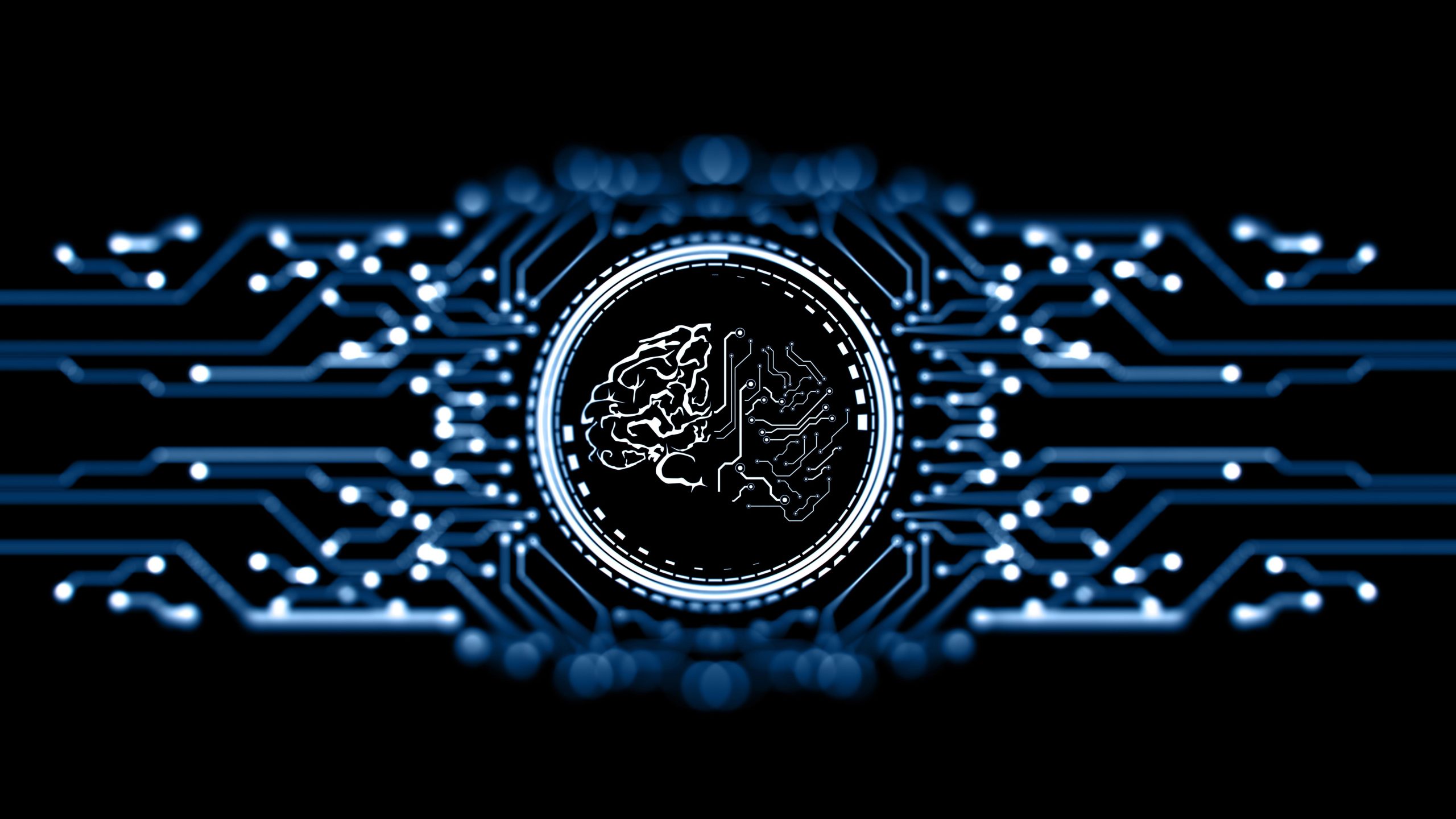
The use of AI in recruitment isn’t new, but it is a practice that continues to grow. Forbes cites a study that found that 99% of Fortune 500 companies use AI technology to aid them in the hiring process. Below is a short list of companies who are using AI in recruitment:
- Brother International Corporation
- Magellan Health
- Stanford Health Care
- Mercy
- L’Oreal
- Unilever
- Procter & Gamble (P&G)
- Newell Brands
- Hilton
- Amazon
- IBM
- Delta Air Lines
With so many options for recruitment software, companies really need to focus on what areas of their recruiting process will benefit the most from using AI technology. One type of AI technology that is favored by companies is the candidate relationship management (CRM) system, which is a computer software program that targets qualified candidates who have not applied for the job. Another very popular type of system companies can use is applicant tracking systems (ATS), which is computer software that helps with the recruitment and hiring process. ATS often combines multiple types of AI to help recruiters process and hire applicants more quickly and efficiently. Although some companies use these systems independently, utilizing both the ATS and the CRM together offers a more thorough approach to the recruiting and hiring process.
For those companies who don’t wish to pay for this software or to go through the process themselves, AI recruitment agencies are an option that are growing in popularity. AI recruitment agencies use AI to recruit qualified candidates for businesses by finding, evaluating, matching, and then managing them. Many of these kinds of AI recruitment agencies are especially popular for matching freelancers with companies and individuals who need contract work or projects completed.
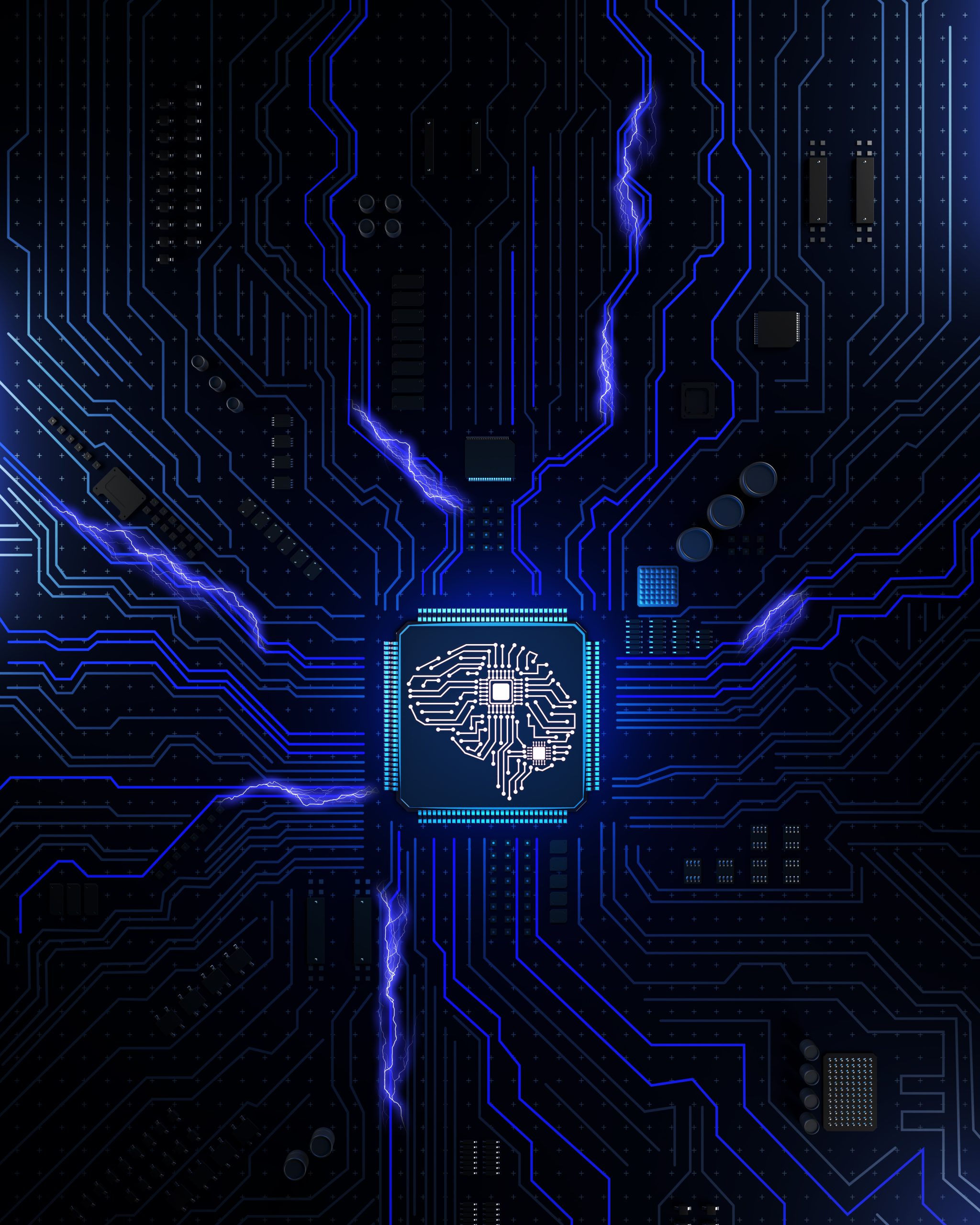
Which artificial intelligence tools are free?
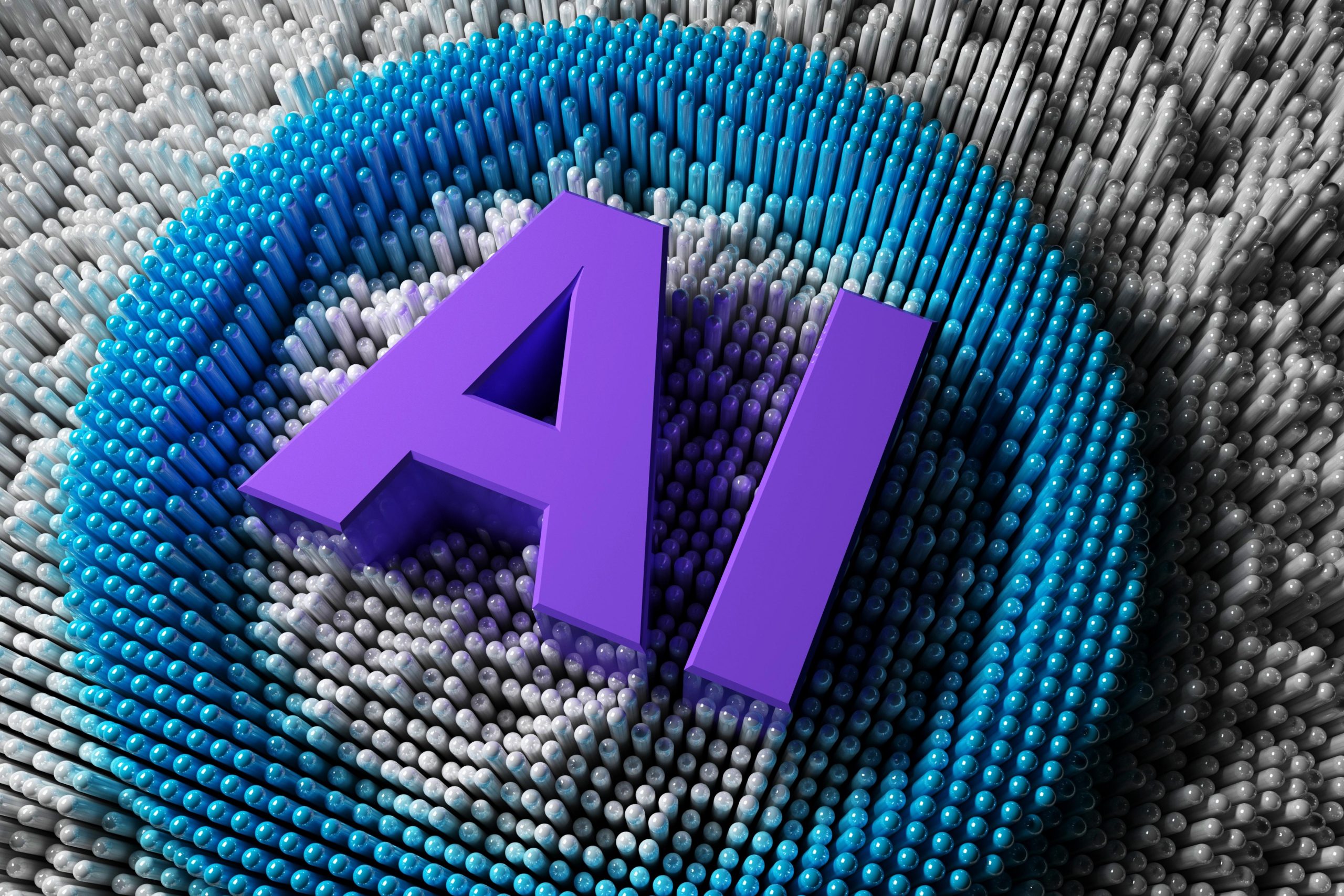
There is no shortage of free AI tools, but remember to take into consideration that a lot of these tools might be free for the most basic of uses. Many of them require paid subscriptions that allow users access to more. There are a number of options for free generative AI, and Beebom has compiled a list of the top ones for images, writing/research, students, audio, chatting, and fun. While some of these such as Picsart AI Writer and many of the chatbots, like ChatGPT and Google Bard, have crossover to the workplace, there are free AI tools that are designed for business. Insidr.ai has a list of this year’s best AI tools along with detailed reviews for many of them. For written content, there are Writesonic and Copy.ai. There are many options for image and video generators or editors, including Canva, InVideo, Fliki, Midjourney, Dall-E, Lumen5, Stable Diffusion, GetImg.ai, and Playground AI. For those looking to enhance their business workspace capabilities, Notion.ai and Taskade are helpful AI tools. Contlo is great for marketing, along with HubSpot, Hootsuite, and Mailchimp. Some free tools to assist those in HR and recruitment are platforms like BambooHR, Workable, and Zoho People along with software such as Recruiterflow, JobAdder, and SmartRecruiters. There are also free AI-powered tools for cybersecurity, finance and accounting, legal, education/e-learning, healthcare, data visualization, analytics, customer support, and more.
